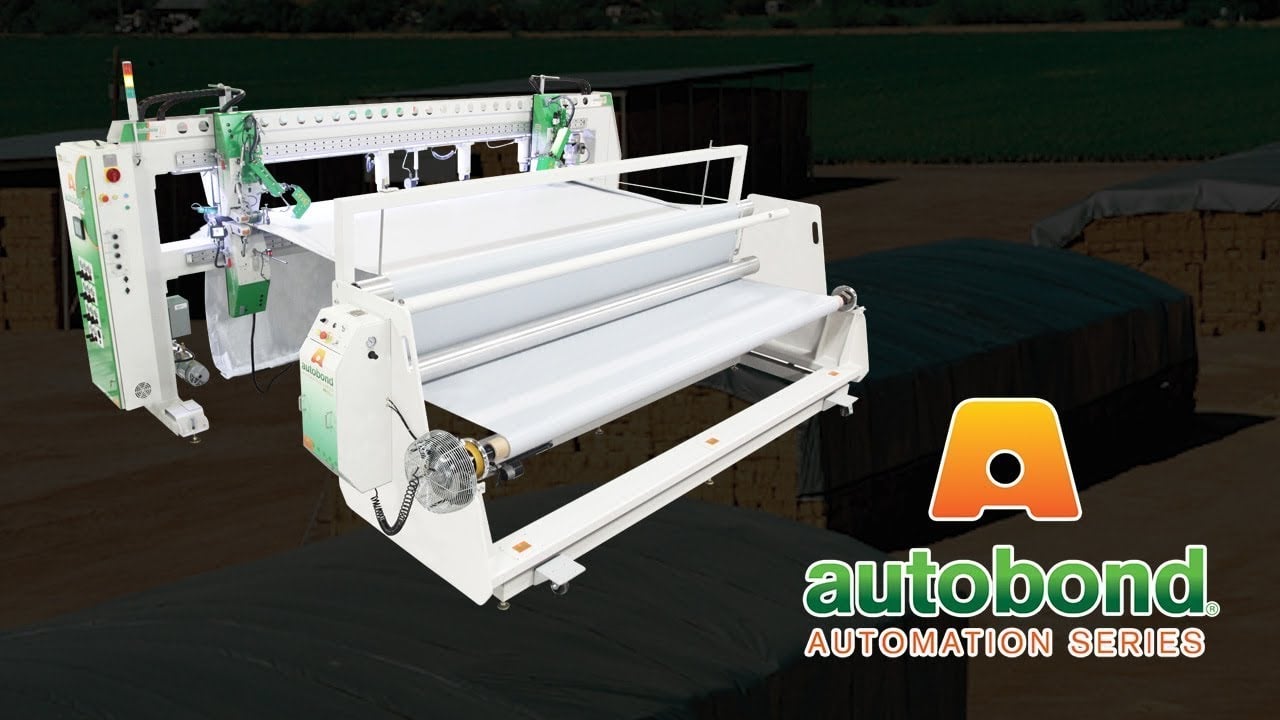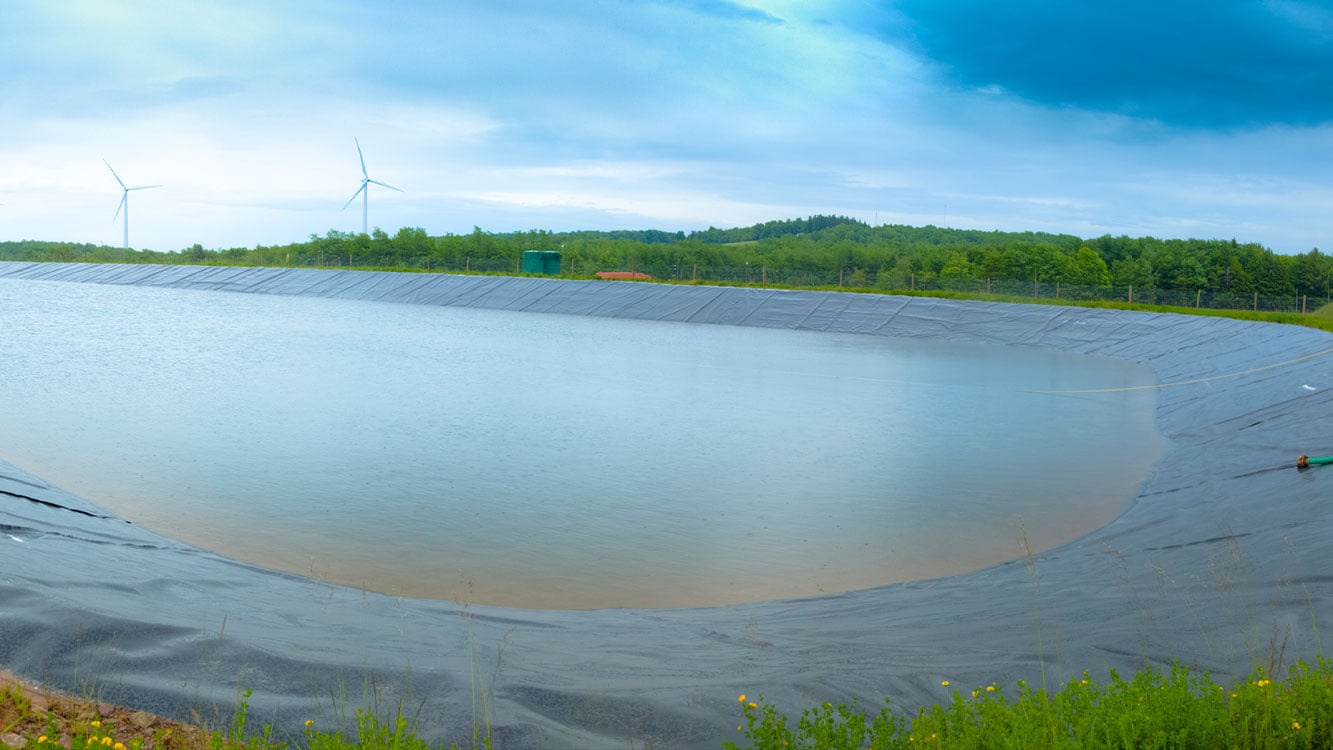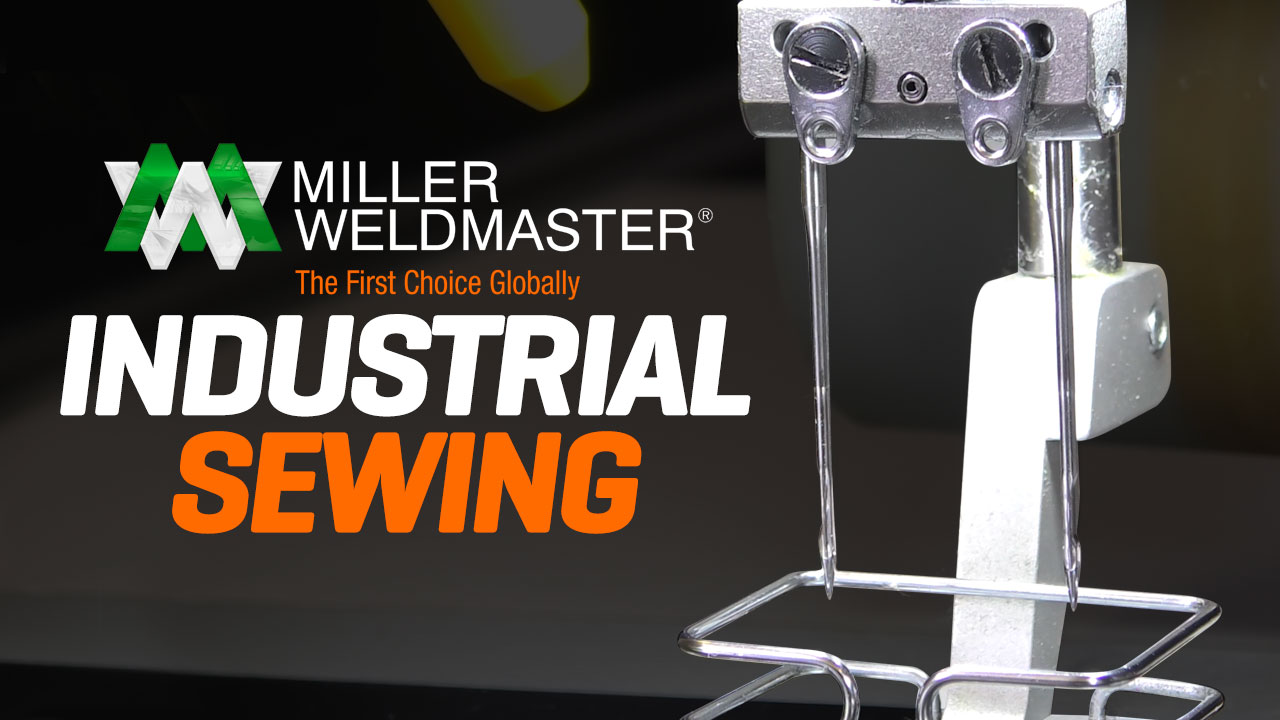Automation in Industrial Fabric Welding: Boosting Productivity with Automated Welders
In today’s competitive industrial landscape, industrial fabric welding automation has become an essential strategy for businesses aiming to improve productivity, precision, and profitability. Manual welding methods, once the standard for joining industrial fabrics, are being replaced by advanced automated welding systems that offer greater consistency, speed, and efficiency. As operations managers and business owners seek reliable solutions to meet growing demands and offset labor shortages, automated welding equipment is proving to be a powerful asset.
At Miller Weldmaster, we’ve seen firsthand how automated fabric welding transforms operations. From reducing errors to accelerating throughput, these technologies not only streamline workflows but also ensure superior product quality. To explore custom automation systems built for your needs, visit our custom automation machines page.
The Evolution of Industrial Fabric Welding: From Manual to Automated Systems
Challenges of Manual Welding in Industrial Fabric Applications
Traditional manual and semi-automatic welding methods have long been used across the industrial fabric sector. Traditional sewing methods can result in visible seams and may lack the durability needed for industrial applications, making fabric welding a preferred choice. However, these techniques are labor-intensive and prone to inconsistency. Operators are required to physically manipulate materials and equipment, which leads to fatigue, uneven welds, and a higher error rate. These factors collectively result in slower production cycles and increased rework.
Moreover, maintaining consistent weld quality across long production runs is challenging, especially with variations in fabric types and environmental conditions. Even skilled technicians may struggle to achieve uniform results when faced with demanding throughput requirements.
Drivers Behind the Shift to Automation
The move toward automated welding machines and advanced welding technologies is driven by several critical factors. First, manufacturers are under pressure to increase output without compromising quality. Secondly, a growing labor shortage makes it difficult to maintain staffing levels for manual processes. Lastly, technological advancements have made automation more accessible and adaptable to a variety of use cases.
These automated welding solutions not only address labor concerns but also improve operational consistency, helping manufacturers meet higher expectations for turnaround times and product reliability.
Key Features of Automated Industrial Fabric Welding Systems
Advanced Material Handling Capabilities
Modern automated welding equipment includes integrated material handling systems that can manage large, heavy fabric rolls with minimal human input. These systems automate fabric feeding, alignment, and tensioning, ensuring smooth and accurate material delivery to the welding zone. These systems can be tailored to meet the specific needs of different industrial applications, ensuring precision and durability.
The result is enhanced workplace safety, reduced physical strain on employees, and improved weld precision—all contributing to better production outcomes.
Integration of Multiple Welding Heads
High-performance automated welding systems often feature multiple welding heads to allow for simultaneous operations. For example, one head might handle seam sealing while another executes edge finishing.
This multi-head approach drastically increases production speed while maintaining weld integrity, making it an ideal choice for operations with high-volume requirements. These systems are also capable of handling non-woven fabrics, ensuring precise and durable seams for various applications.
Sewing Integration for Seamless Finishing
For applications that require both welding and sewing, hybrid systems are capable of combining automated seam welding with integrated sewing capabilities. These machines handle multiple processes in a single pass, reducing the need for secondary finishing and lowering overall cycle time.
Such integration is particularly beneficial in industries like awning and signage manufacturing, where aesthetic and structural seam qualities are equally important. Learn more in our post on seaming vs. sewing for awnings.
Conveyor Systems for Continuous Production
Conveyor-equipped welding machines enable continuous fabric processing, automatically advancing materials through each stage of the operation. These systems eliminate downtime between steps and help maintain steady workflow, leading to significant throughput gains. These systems also support heat sealing processes, ensuring strong and durable seams across various applications.
Conveyors also enhance alignment precision and reduce handling errors, key factors in achieving repeatable high-quality welds.
Addressing Common Production Challenges Through Automation
Reducing Labor Costs and Dependence
By automating welding tasks, manufacturers can reallocate skilled labor to other value-added activities, reducing dependence on manual processes. This shift not only lowers overall labor costs but also helps mitigate risks related to staff shortages or turnover. Automated systems ensure consistent performance, reducing the variability associated with manual processes.
With welding machine automation, fewer operators are required to oversee production, allowing businesses to scale output without proportionally increasing labor.
Minimizing Errors and Enhancing Quality
Automated systems rely on precise controls, sensors, and pre-programmed settings to maintain consistent welding parameters. This eliminates the variability associated with human operation and ensures a uniform weld across all products.
Improved quality leads to fewer defects, less scrap, and higher customer satisfaction. In industries where weld integrity is critical, such as inflatables or containment, this level of consistency is invaluable. Technologies like hot air welding ensure precise and uniform seams, further enhancing product quality.
Increasing Throughput and Meeting Demand
Automation enables higher welding speeds and uninterrupted production, directly translating to increased output. For example, high-speed fabric welding systems can process larger volumes in less time, helping manufacturers meet market demand without sacrificing quality. Technologies like ultrasonic welding enable high-speed production, helping manufacturers meet market demand efficiently.
In case studies, manufacturers implementing automated welding processes report throughput improvements of 30% or more, alongside reductions in production downtime.
Miller Weldmaster's Role in Advancing Fabric Welding Automation
Innovative Automated Welding Solutions
Miller Weldmaster leads the industry with advanced fabric welding technology, offering a range of systems tailored to hot air, hot wedge, and RF technology welding methods. Our machines are engineered to meet the specific demands of industrial fabric applications, from banners and tarps to inflatables and shelters.
Our innovation in industrial welding automation focuses on enhancing weld quality, reducing manual labor, and delivering machines that integrate seamlessly into existing production environments.
Custom Automation for Diverse Applications
Recognizing that no two operations are the same, we offer custom welding automation solutions suitable for your production goals, material types, and space constraints. Whether you’re working with PVC, PE, or other industrial textiles, we can design systems to handle your unique challenges.
From multi-process stations to complete production lines, our custom solutions deliver performance, precision, and peace of mind.
Ready to explore what welding automation could look like for your facility? Visit our custom automation machines page to start the conversation.
For more information about welding solutions across specific industries, explore our full machine overview.
Frequently Asked Questions About Industrial Fabric Welding Automation
What are the primary benefits of automating industrial fabric welding processes?
Automating fabric welding processes increases consistency, reduces labor costs, improves throughput, and enhances overall product quality. It allows manufacturers to meet production demands more efficiently while maintaining high standards. Automated welding systems provide the perfect solution for businesses looking to enhance productivity and maintain high standards.
How does automation impact product quality in fabric welding?
Automated systems use sensors and programmed settings to ensure precise temperature, pressure, and speed controls, reducing the likelihood of human error. This leads to stronger, more uniform seams and minimizes defects. These systems are particularly effective for welding technical fabrics, ensuring strong and uniform seams.
Can automated welding systems be customized for specific applications?
Yes, most automated welding machines can be specifically designed to tailor to specific materials, seam types, and production requirements. Custom automation allows businesses to achieve optimal performance across a wide range of industrial fabric applications.
What considerations should be made when transitioning from manual to automated welding?
Key considerations include evaluating current production bottlenecks, identifying the most repetitive tasks, training staff on new equipment, and ensuring proper workspace setup for automation. Proper training and setup are crucial for ensuring consistent results when transitioning to automated systems. An ROI analysis can also help justify the investment.
How do automated systems handle different types of industrial fabrics?
Advanced systems come equipped with adjustable parameters and smart sensors to adapt to various fabric types and thicknesses. This flexibility ensures that a wide range of materials can be welded accurately and efficiently.
Each method is tailored to the specific requirements of different fabric types, ensuring precise and durable welds.





